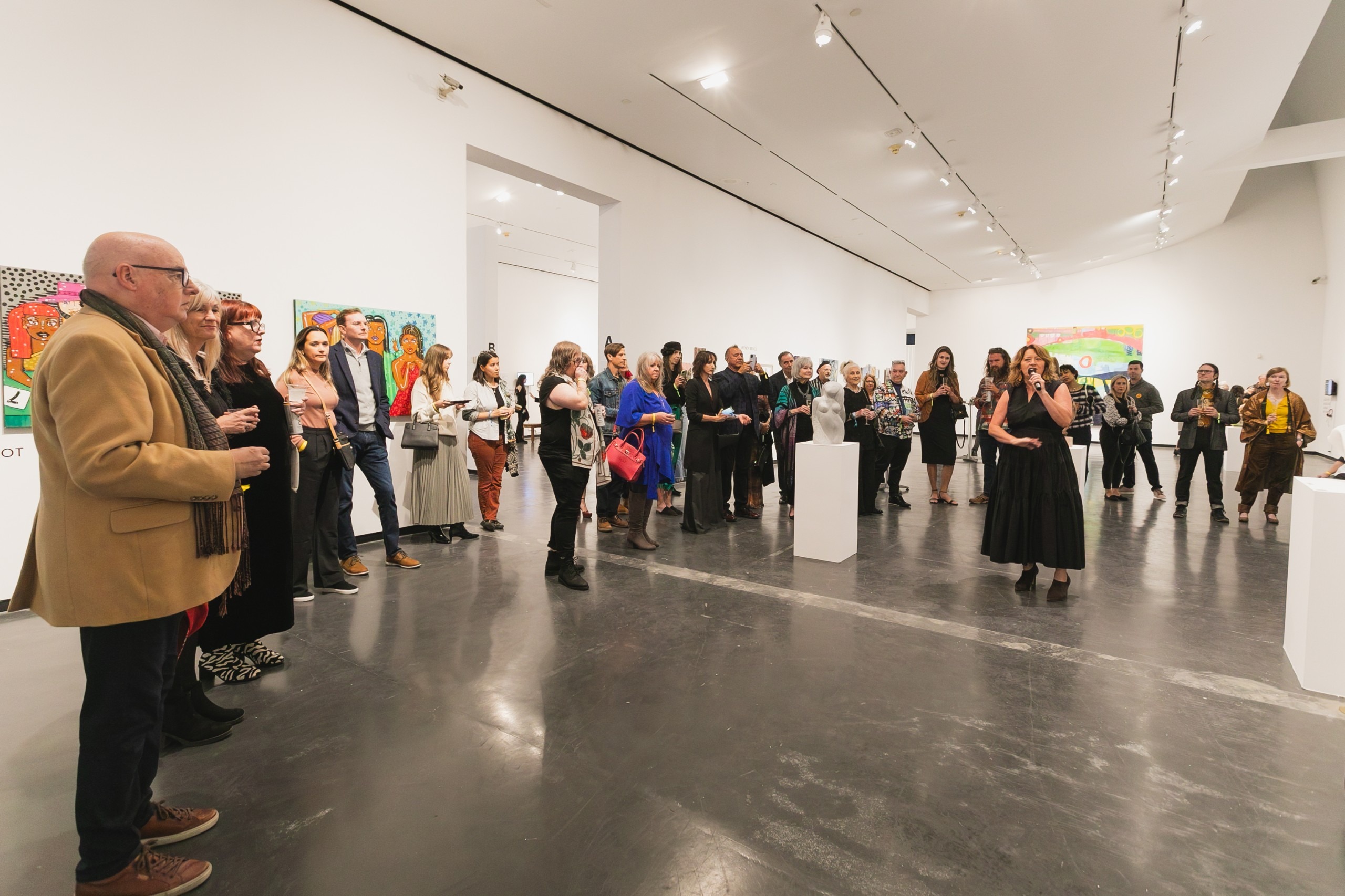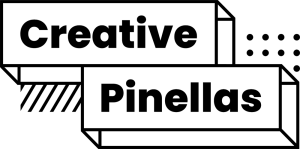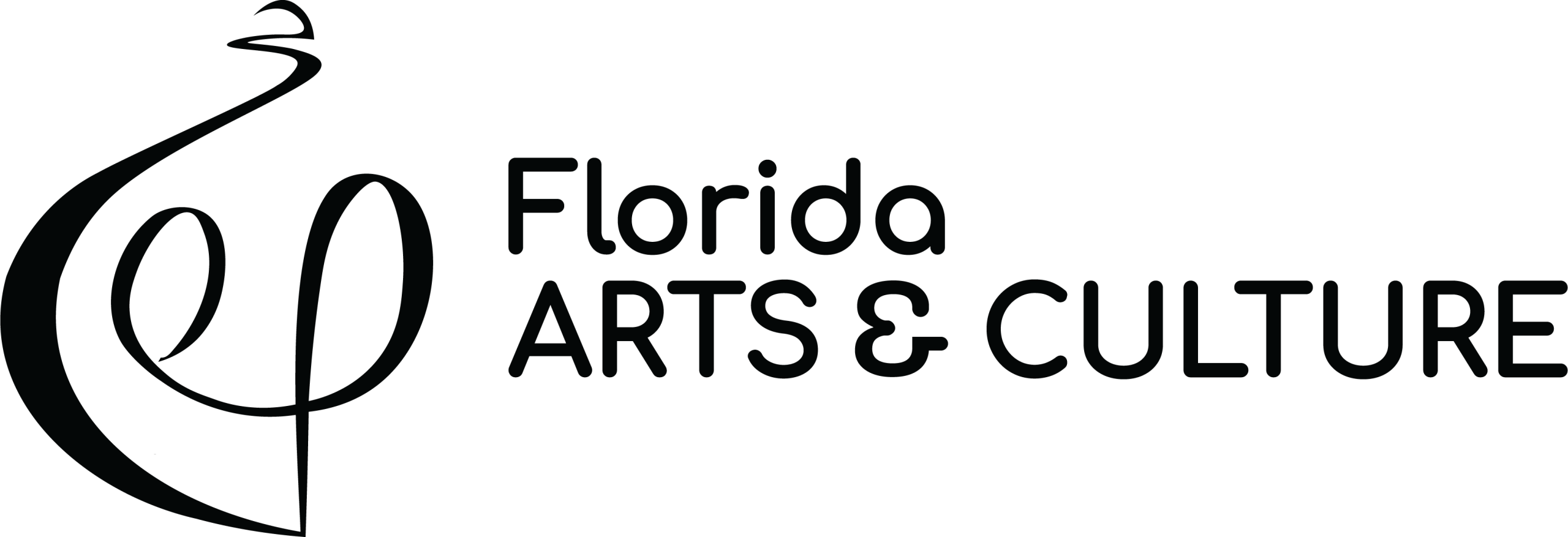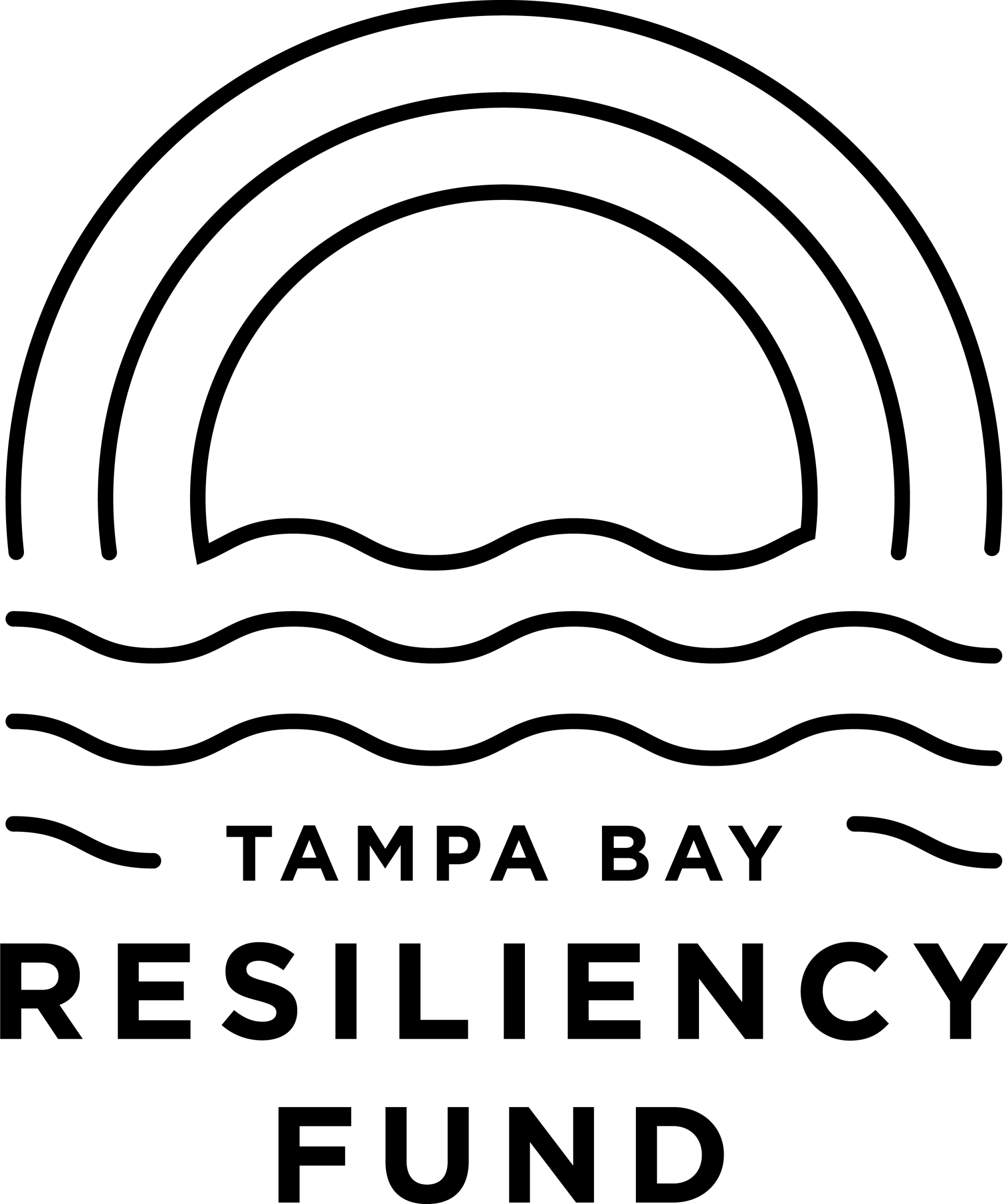Whether you are an artist, arts administrator, patron, or arts stakeholder on any level, no doubt you have knowledge of, or have been directly affected by the statewide veto of arts funding and grants levied by the Governor in the 2024 -2025 state budget. H3
Being the arts-forward community that we are here in Pinellas County, it was no surprise that there were tremendous repercussions and hardship felt by most organizations, large and small, reliant on this funding source. H4
Arts Community Rallies
A bright light during that dark time was the proactive and collaborative efforts put forth by arts organizations, local government, and arts advocates of all stripes.
The Warehouse Arts District Association, the St. Petersburg Arts Alliance, and Creative Pinellas all jumped into action by organizing and hosting large-scale meetings, panels, and planning sessions for the community and all stakeholders.
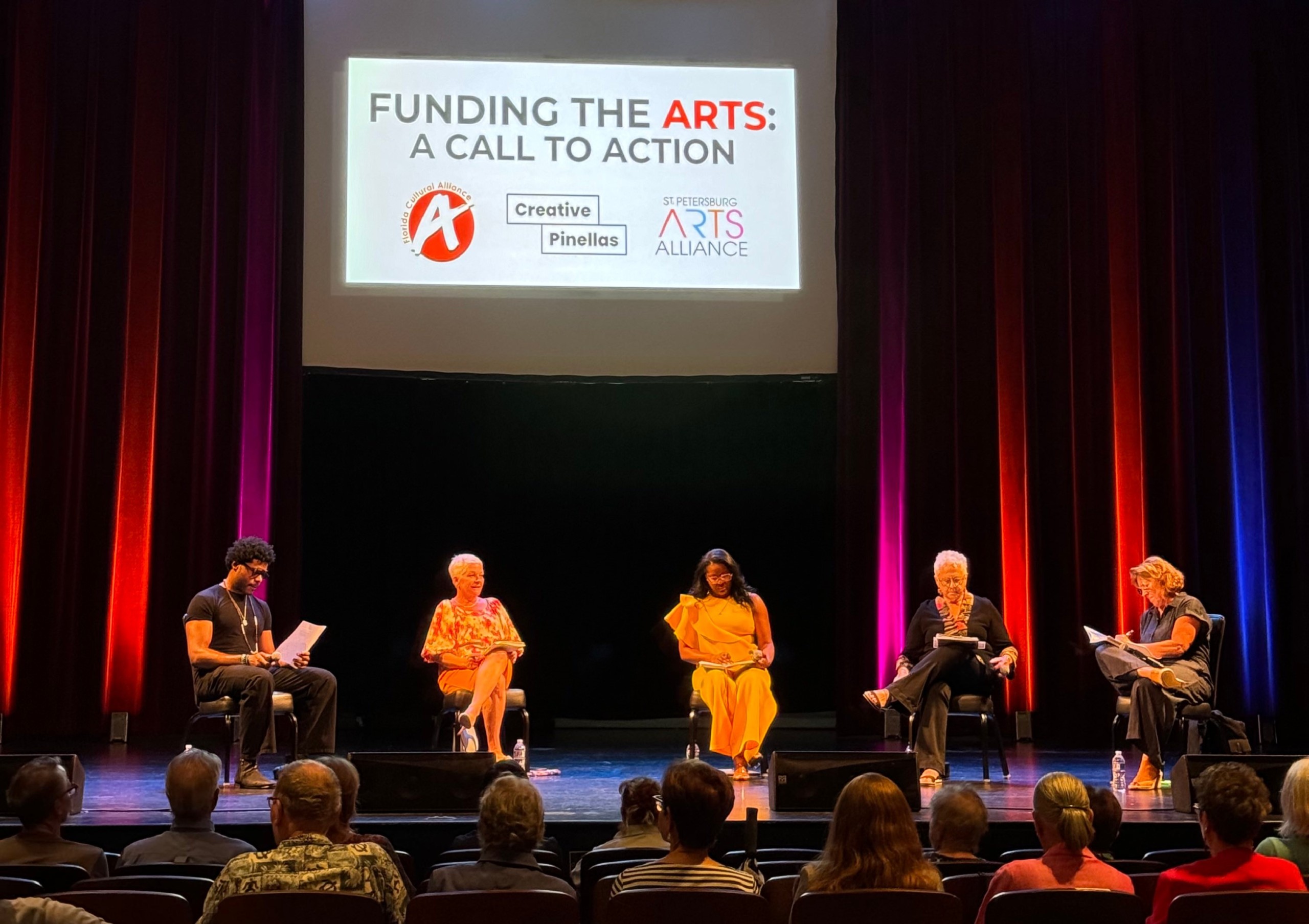
Plans were enacted to increase public awareness, identify more private funding sources to increase fiscal sustainability, and to improve outreach to non-arts patrons.
Attendance and lobbying for the arts at City and County Council meetings greatly increased. This year, with the support of government officials like City Council member Gina Driscoll, allocations to the arts in St. Petersburg were increased by the City Council.
New Budget, New Rules
Now, a year after the funding veto, the Governor has signed a new budget for fiscal year 2025-2026 that returns some funding to the arts in Florida — but with a pretty big catch.
There are many deserving arts programs that have received funds in the past, but are not getting them this year. That’s the catch — the goalposts have been moved.
New rules have been introduced that will keep state funding out of reach for many grant applicants of GPS grants — the most common of four categories of state arts funding. The scoring threshold for applications has been increased, without notice or warning, from 80 to 95, making it more difficult to qualify.
For example, The Studio @620 and freeFall Theatre are two of the 80 Tampa Bay organizations previously funded that now don’t meet that new 95 scoring threshold. They will continue to pursue new grants, private funding sources, and revenue from programming.
Here is a breakdown of the new funding from the Florida Division of Cultural Affairs:
- Just over $18.3 million has been allocated for state-wide arts funding to “qualifying” organizations for the 2025 – 26 budget.
- Approximately $1.5 million of that allocation is coming to Pinellas County (a specific number was not disclosed).
Pinellas County arts organizations recommended for funding include:
- The St. Petersburg Arts Alliance
- Creative Pinellas
- Dunedin Fine Art Center
- The Dalí Museum
- Ruth Eckerd Hall
- St. Petersburg Clearwater Film Society
- Florida CraftArt
- Great Explorations
- Eight O’Clock Theatre
- The Florida Orchestra
- The City of Tarpon Springs
- Clearwater Jazz Holiday
- Sunsets at Pier 60 Society
- Arts Center Association
- The Gulf Beach Art Center
Impact of Funding
We reached out to several arts mainstays in our county that received state funds for the new fiscal year.
Florida CraftArt, a statewide arts organization based in St. Petersburg featuring a downtown gallery and retail shop will be receiving General Program Support (GPS) funds this year. The gallery has had a presence downtown since 1986 (the organization formed in 1951),
“We prioritize educational outreach in programming for schools, social service organizations, and youth,” said Executive Director Jorge Vidal. “These funds will go a long way in helping us continue this important work.”

Vidal also pointed out that the funds support the organization’s general programming, allowing the general public to experience exhibitions and other opportunities at no cost.
“We believe cultural experiences should be available to everyone — not just those who can afford a ticket,” he said. “When we come together around art, we’re not just looking — we’re listening, learning, and connecting in ways that foster understanding and compassion.”
Andrea Nalls, President and CEO of the Dunedin Fine Art Center, is very pleased to see state funding come to DFAC.
“Being able to continue meeting operational costs is important, of course,” she said. “But these additional funds will go a long way to help advance our educational programming, which is a huge part of the mission here. Our classes and educational outreach are defining elements.”
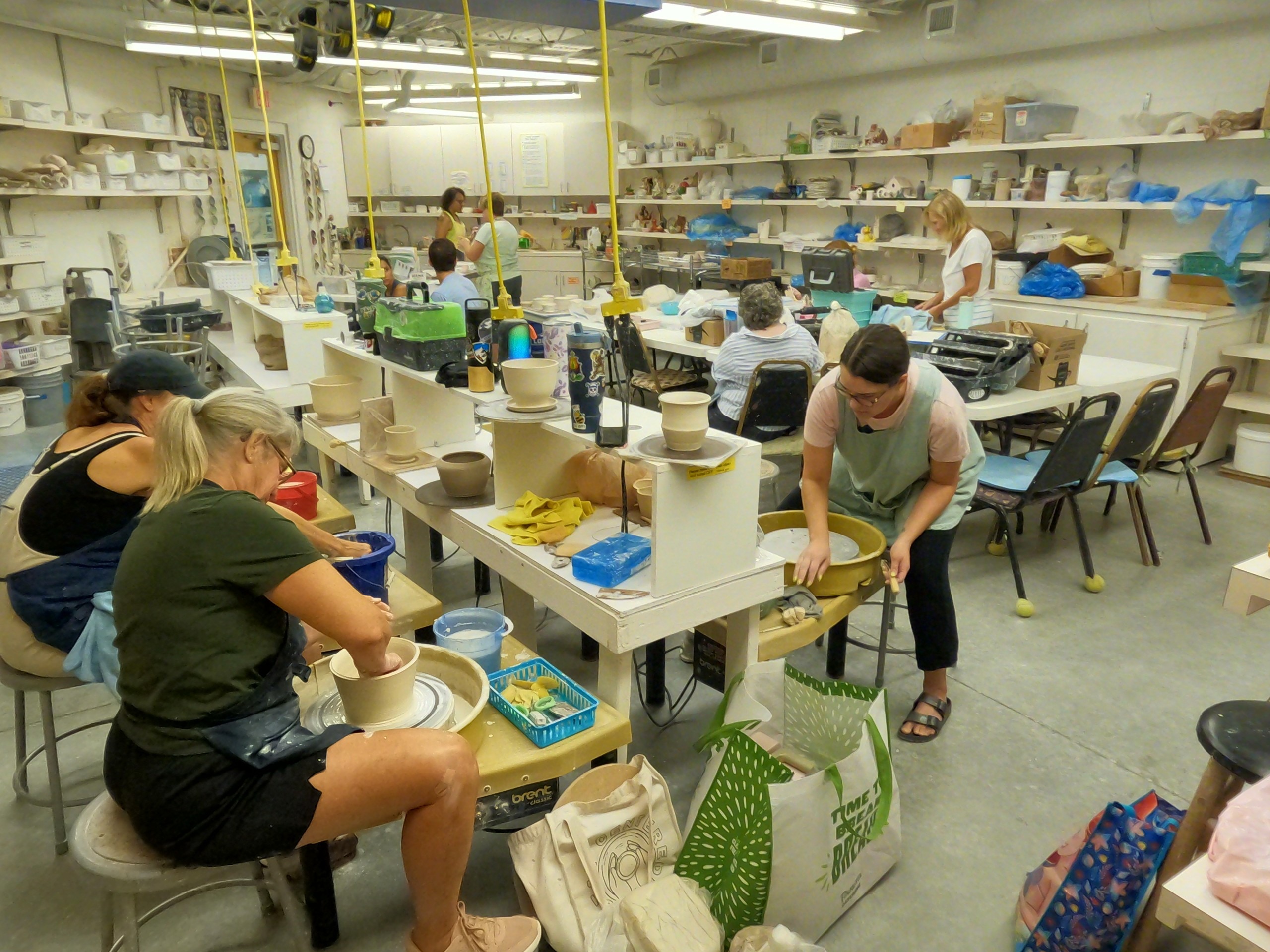
The Dunedin Fine Art Center opened in 1975 and is currently celebrating its 50th anniversary.
Looking At the Bright Side
Opened in 2002, The Leepa-Rattner Museum of Art is not a direct recipient of this year’s state funds (any state financial arts support comes through St. Petersburg College), but the city of Tarpon Springs did receive funds, and Leepa-Rattner Executive Director, Christine Renc-Carter welcomes the news for her community.
“We are excited to see our city receive funds that will directly impact quality of life for our residents, as well as help us expand and reinvent ourselves as an arts community,” she said. “As we have moved through these challenging times, we look forward to continued resilience, and ongoing and new collaborations. When our partners are affected, so are we.”
Advocacy and Collaboration
Despite any downsides, Creative Pinellas CEO Margaret Murray is enthusiastic about continuing the advocacy and collaborative efforts that have evolved and strengthened out of challenging times.
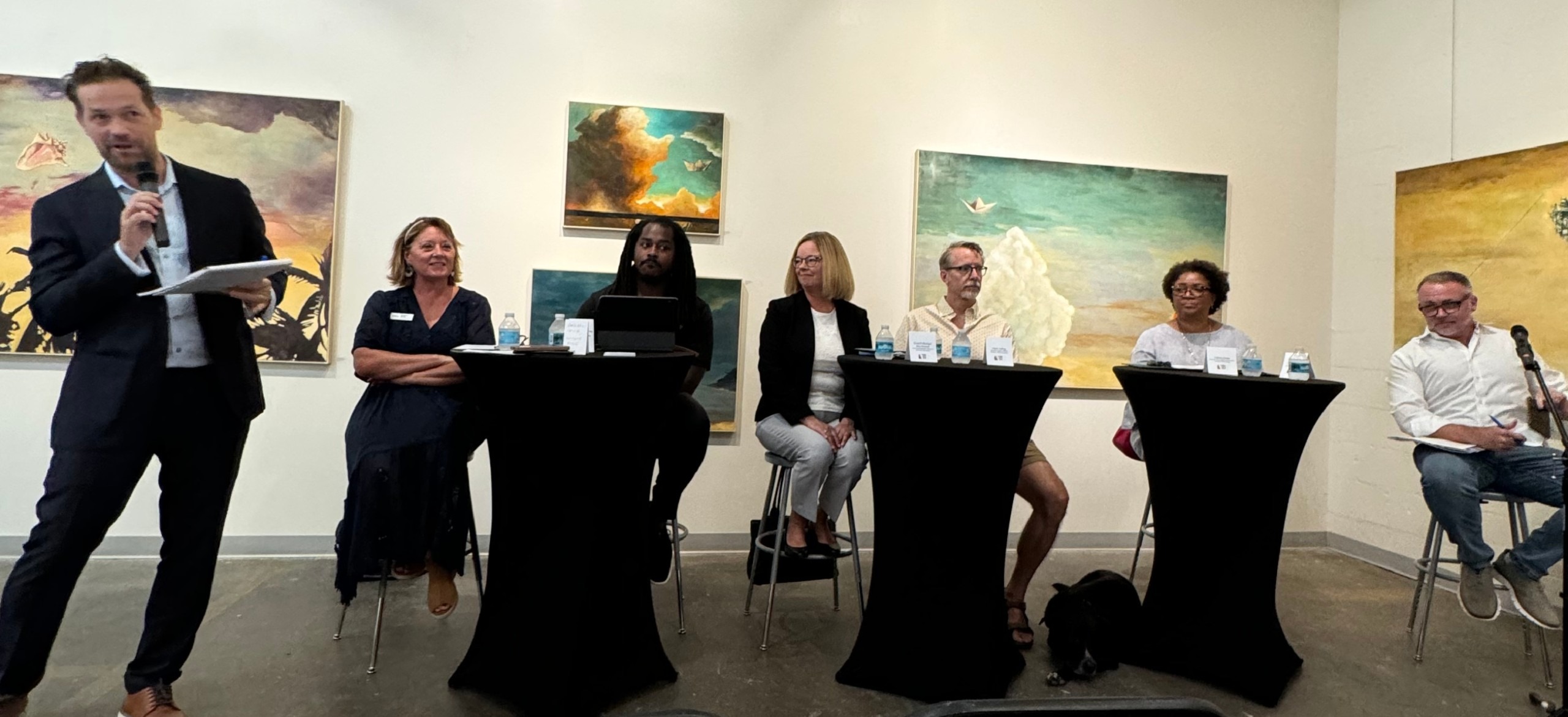
“The restoration of arts funding allows us to look at our overall fiscal picture, and allows us to support the arts initiatives that our local government is eager to advance,” she said.
These initiatives include:
- Expansion of cultural tourism
- Examining the intersection between art, community resilience, and our natural environment
- Strengthening advocacy efforts and the sustainability of funding on behalf of our arts community
- Expanding outreach to community that may not be arts patrons
“These initiatives support statewide priorities while supporting our local arts community,” Murray said. “We are also incredibly grateful for the elected state officials who took time to listen to arts organizations large and small — officials like State Senator Darryl Rouson, State Representative Lindsay Cross, and State Senator Ben Albritton.”

“Creative Pinellas, like so many arts organizations in Pinellas, remains committed to the power of advocacy and community,’ she said. “We plan to strengthen our advocacy efforts on behalf of our cultural partners, and continue to help lift them up. Our commitment to collaboration and innovative art programming goes on.”
The return of partial state arts funding is certainly a move in a positive direction, but as challenges continue for some, one theme keeps resonating throughout the Pinellas County arts community: Their strength is in collaboration and partnership.
That is their super power.
